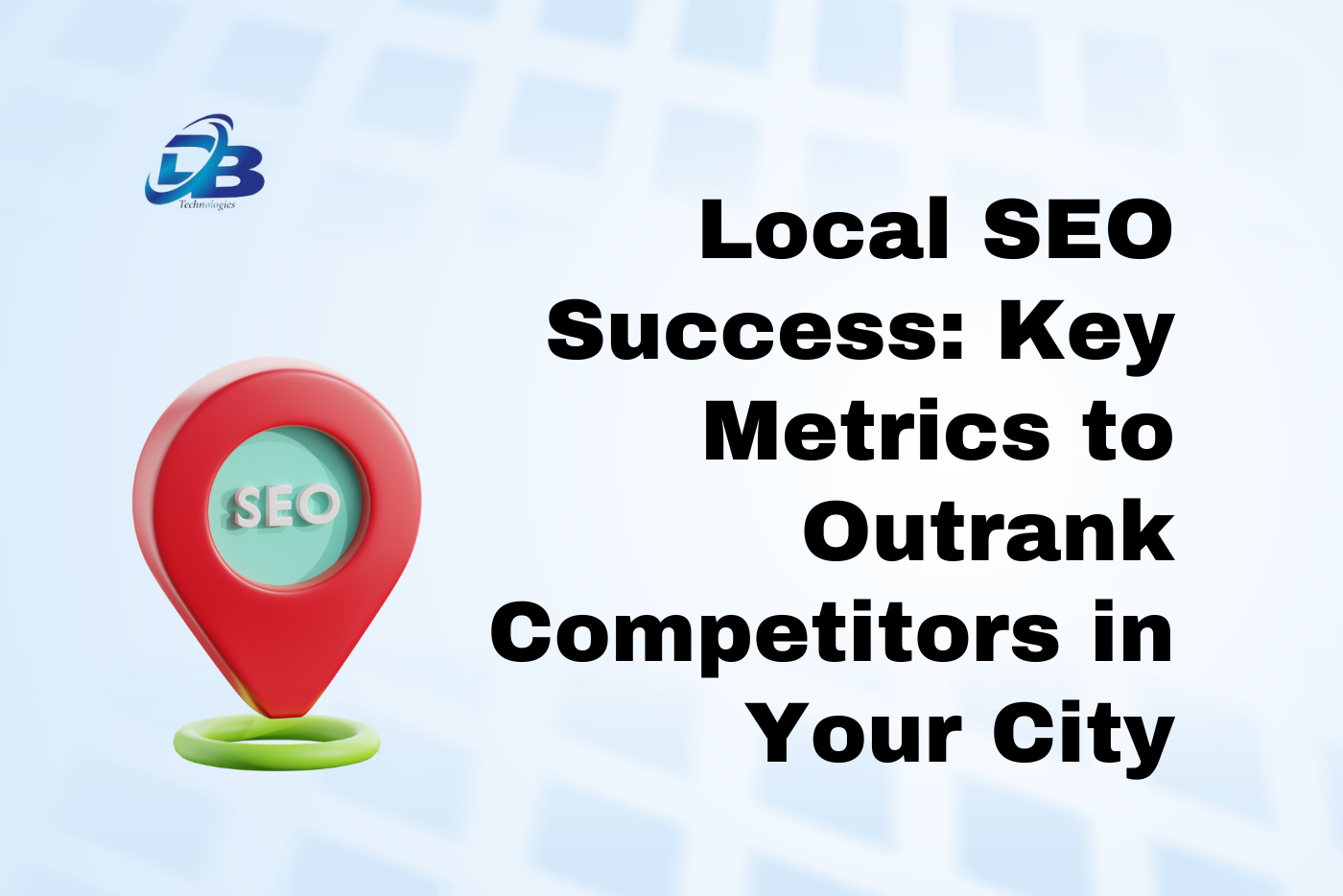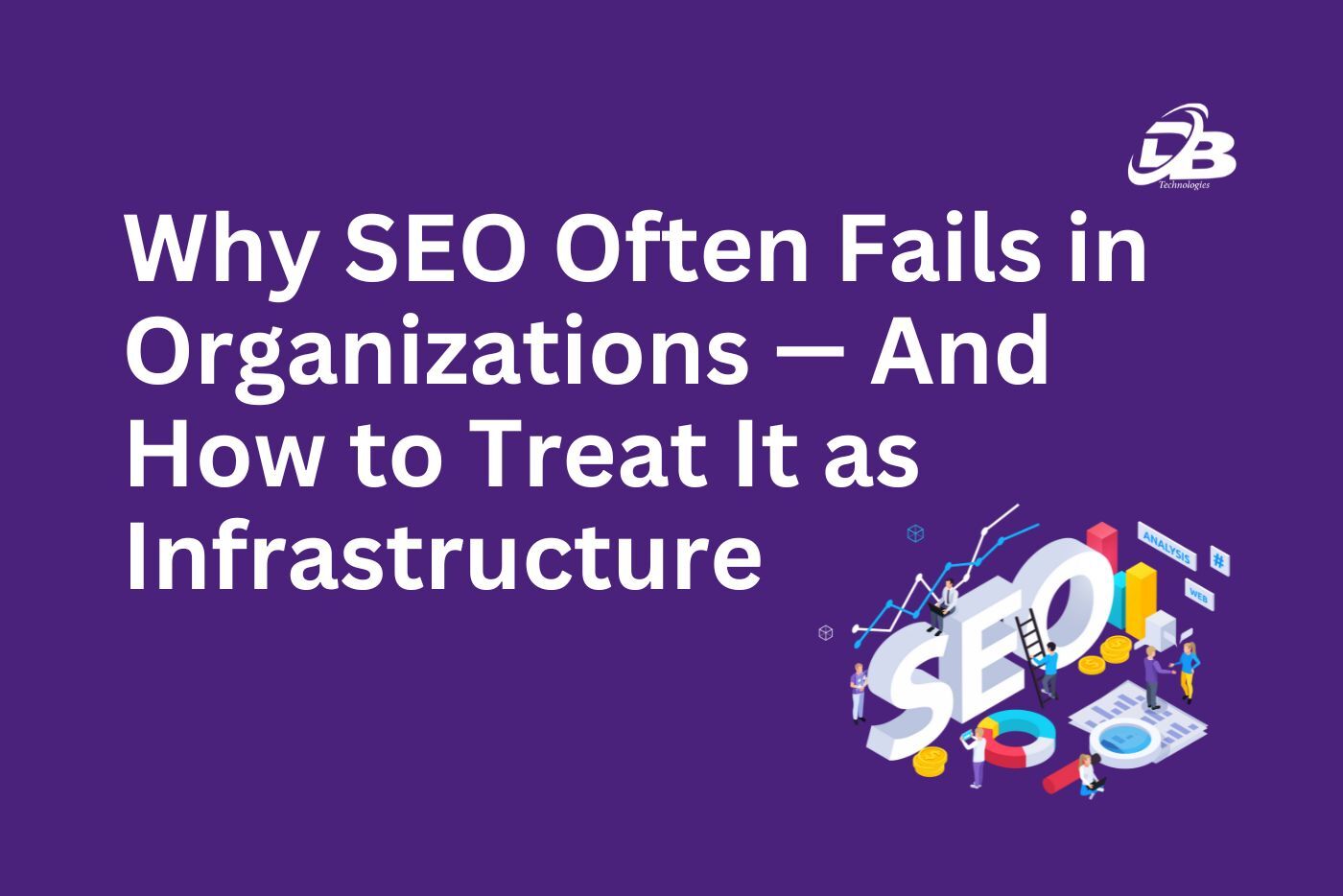
Let’s start with a story. Meet Sarah. She runs a pet grooming shop in UAE. For years, she relied on word-of-mouth, but when a competitor opened two blocks away, her bookings dropped by 40%.
Panicked, she Googled “how to get more customers” and fell into the SEO rabbit hole. Fast-forward six months: Sarah’s business is #1 for “dog grooming Dubai” thanks to tracking the right metrics.
This isn’t magic—it’s strategy.
Local SEO is about visibility. If your business doesn’t show up when locals search, you’re losing money. But guess what? You just need a SEO expert in Dubai, who knows, how to focus on the metrics that actually drive results.
This blog will walk you through each metric, why it matters, and how to fix what’s broken.
1- Google Business Profile (GBP) – Your Digital Front Door
What is GBP?
Your Google Business Profile (GBP) is the box that pops up on Google when someone searches for your business or keywords like “plumber near me.” It includes your hours, photos, reviews, and a map pin. If it’s incomplete or unoptimized, you’re basically hiding from customers. So ignoring GBP is like synonymous to locking yourself out.
Key Metrics to Track
1) Search Views
What it is: How often your GBP appears in search results.
Why it matters: More views = more eyeballs on your business.
Pro Tip: Use Google’s built-in GBP Insights to track monthly trends. If views drop, update your photos or add posts (e.g., “New Summer Specials!”).
2) Discovery vs. Direct Searches
Discovery: People find you by searching “Thai food near me.”
Direct: People search your exact business name.
Ah-ha Moment: If discovery searches are low, your keywords or categories might be weak. For example, if you’re a “vintage clothing store,” add categories like “women’s boutique” or “retro fashion.”
3) Customer Actions
Clicks to Website: If this is low, your website link might be buried. Move it to the top of your GBP description.
Request Directions: High direction requests but low foot traffic? Your address might be wrong (yes, this happens more than you’d think).
Common Mistakes
1) Forgetting to choose the right primary category (this affects which searches you show up for).
2) Using blurry or generic photos (hire a unreliable individual to take professional shots).
Real-World Example
A perfume shop in UAE noticed their GBP views dropped by 30% in a month. Turns out, they’d accidentally unselected the “alcohol free” category. Re-adding it boosted their visibility by 50% in two weeks.
2- Website Traffic – Your 24/7 Sales Rep
Why Your Website is Non-Negotiable
Your GBP gets people interested, but your website seals the deal. If it’s slow, ugly, or confusing, you’ll lose customers faster than a melted ice cream cone in July. Your website shouldn’t be a ghost town.
Key Metrics to Track
1) Organic Traffic
What it is: Visitors who find you through unpaid search results.
Why it matters: High organic traffic = Google loves your content.
Pro Tip: Use Google Search Console to find your top-performing pages. Double down on what’s working (e.g., if “emergency HVAC repair” gets clicks, create more content around that).
2) Bounce Rate
What it is: It is the percentage of visitors who leave page after viewing for a few seconds.
The Good, Bad, and Ugly:
40-50%: Great. Your site matches what searchers want.
70%+: Red flag. Maybe your page takes 10 seconds to load (fix it) or your content doesn’t match the search intent (e.g., your page says “affordable yoga classes” but the user wanted “yoga for seniors”).
3) Local Landing Pages
What it is: Pages targeting specific locations (e.g., “Dentist Mall of Emirates”).
Why it matters: Google prioritizes hyper-local content.
Common Mistakes
1) Using stock photos of “happy customers” instead of real clients (trust is built with authenticity).
2) Hiding your phone number or address (put them in the header or footer).
Case Study
A roofing company in Dubai created separate landing pages for ‘Dubai roof repair,’ ‘Abu Dhabi roof replacement,’ and ‘Sharjah emergency roofing.’ Their organic traffic tripled in four months.
3- Online Reviews – Your Reputation’s Report Card
Why Reviews Are Everything
According to a research, almost 90% of customers read reviews before visiting aa store or business. A single 1-star review can cost you up to 30 customers. Harsh? Yes. True? Absolutely.
Key Metrics to Track
1) Average Star Rating
The Magic Number: 4.5 stars or higher. Businesses below 4 stars lose 33% of potential customers.
Fix It: Politely ask happy customers to leave reviews. Send a text with a direct link to your GBP review page (make it easy!).
2) Review Response Rate
What it is: How often you reply to reviews.
Why it matters: Responding shows you care—even to negative reviews.
Template for Negative Reviews:
“Hi (client’s name), we’re truly sorry to hear that your experience didn’t meet expectations. We’d love to make it right—please email us, so we can fix this.”
3) Review Keywords
What it is: Recurring phrases in reviews (e.g., “friendly staff,” “fast service”).
Why it matters: These are free market research gems. Add them to your website or GBP description.
Common Mistakes
1) Offering incentives for reviews (against Google’s guidelines and could get your GBP suspended).
2) Ignoring fake reviews (flag them through your GBP dashboard).
Real-World Hack
A spa in Dubai started including a line on appointment confirmations: ‘Enjoy your massage? Text ‘Review’ to a number for a quick way to share your experience!’ Their reviews increased by 200% in three months.
4-Local Citations
What Are Citations?
Citations are any mention of your business name, address, and phone number (NAP) online. It’s a silent ranking factor. This includes directories like Yelp, Yellow Pages, or industry-specific sites (e.g., Healthgrades for doctors).
Key Metrics to Track
1) Citation Accuracy
The Rule: Your NAP must be identical everywhere. “Main St” vs. “Main Street” confuses Google.
Tool: Use BrightLocal’s Citation Audit to find inconsistencies.
Common Mistakes
1) Listing a virtual office as your address (Google can penalize this).
2) Forgetting to update citations after moving (customers will show up at your old location—awkward!).
Case Study
A moving company in Dubai had citations on 30+ sites but kept losing rankings. An audit found 12 listings had an old phone number. Updating it boosted their rankings from page 3 to page 1 in six weeks.
5- On-Page SEO
Why On-Page SEO Isn’t Dead
Google’s bots need to understand your content to rank it. But “optimizing” doesn’t mean stuffing keywords like “SEO Specialist Dubai.”
Key Metrics to Track
1) Title Tags
What it is: The clickable headline in search results (e.g., “Best Luxury Cars in Sharjah ”).
Rule of Thumb: Include your city + main keyword. Keep it under 60 characters.
2) Header Tags (H1, H2)
H1: Your page’s main title (use only one per page).
H2s: Subheadings that break up content (e.g., “Our Services,” “Visit Us Today”).
3) Local Keywords
How to Find Them: Use Google’s Autocomplete. Type “dentist in (any UAE City’s name)” and see what suggestions pop up.
Pro Tip: Include keywords naturally in FAQs (e.g., “How much does teeth whitening cost in Dubai?”).
Common Mistakes
1) Using the same meta description for every page (customize it to match the page’s content).
2) Ignoring image alt text (describe photos like “grilled kebabs at Sharjah Restaurant” instead of “IMG_1234”).
Real-World Example
A car rental service in Abu Dhabi added H2 headers like “Best Car Rental Deals in Abu Dhabi” and “Abu Dhabi Monthly Car Rentals.” Their organic traffic for “Abu Dhabi car rentals” jumped by 65% .
6- Competitor Analysis
Why Competitor Research Isn’t Cheating
You don’t need to reinvent the wheel. If your competitor ranks for “organic skincare products UAE,” you can too—with better content. Remember to stay ahead of the game as your competitors are doing this too.
Key Metrics to Track
1) Competitor Keywords
Tool: SEMrush’s Keyword Gap Analysis shows keywords your rivals rank for that you don’t.
Pro Move: Create content around those keywords but make it 10x better (e.g., longer guides, videos, or infographics).
2) Backlinks
What it is: Websites linking to your competitor.
How to Steal Them: If a local blog linked to your competitor’s “best pizza in Yas Island” article, pitch them your “Ultimate Guide to Yas Island Pizza” with updated data.
Common Mistakes
1) Copying competitor content verbatim (Google penalizes duplicates).
2) Ignoring local competitors with smaller websites (they might be ranking for long-tail keywords you’re missing).
Case Study
A real estate agent in Dubai noticed her competitor ranked for ‘Abu Dhabi family homes.’ She published a ‘Family-Friendly Abu Dhabi Neighborhood Guide’ with school ratings and park locations. Within months, she outranked them.
Your 90-Day Local SEO Game Plan
Month 1: Foundation
1) Audit and optimize your GBP (fix categories, add photos, post weekly updates).
2) Build 10 new citations (start with Apple Maps, Yelp, and niche directories).
Month 2: Content & Reviews
1) Create 3 local landing pages (target city + service).
2) Launch a review campaign (ask for 5 reviews/week).
Month 3: Dominate
1) Analyze competitors’ top 5 keywords and create better content.
2) Fix technical issues (slow site speed, broken links).
Pro Tip
Set up a free Google Analytics dashboard to track all metrics in one place.
Wrapping up
Local SEO isn’t a “set it and forget it” strategy. It’s a grind—but the payoff is worth it. Track these metrics monthly, stay consistent, and don’t be afraid to pivot. And remember, even small tweaks (like fixing a typo in your GBP or responding to a review) add up over time.
And if you do not have time for this, choose a reliable and result-driven SEO agency in UAE, to get this task done for you.












